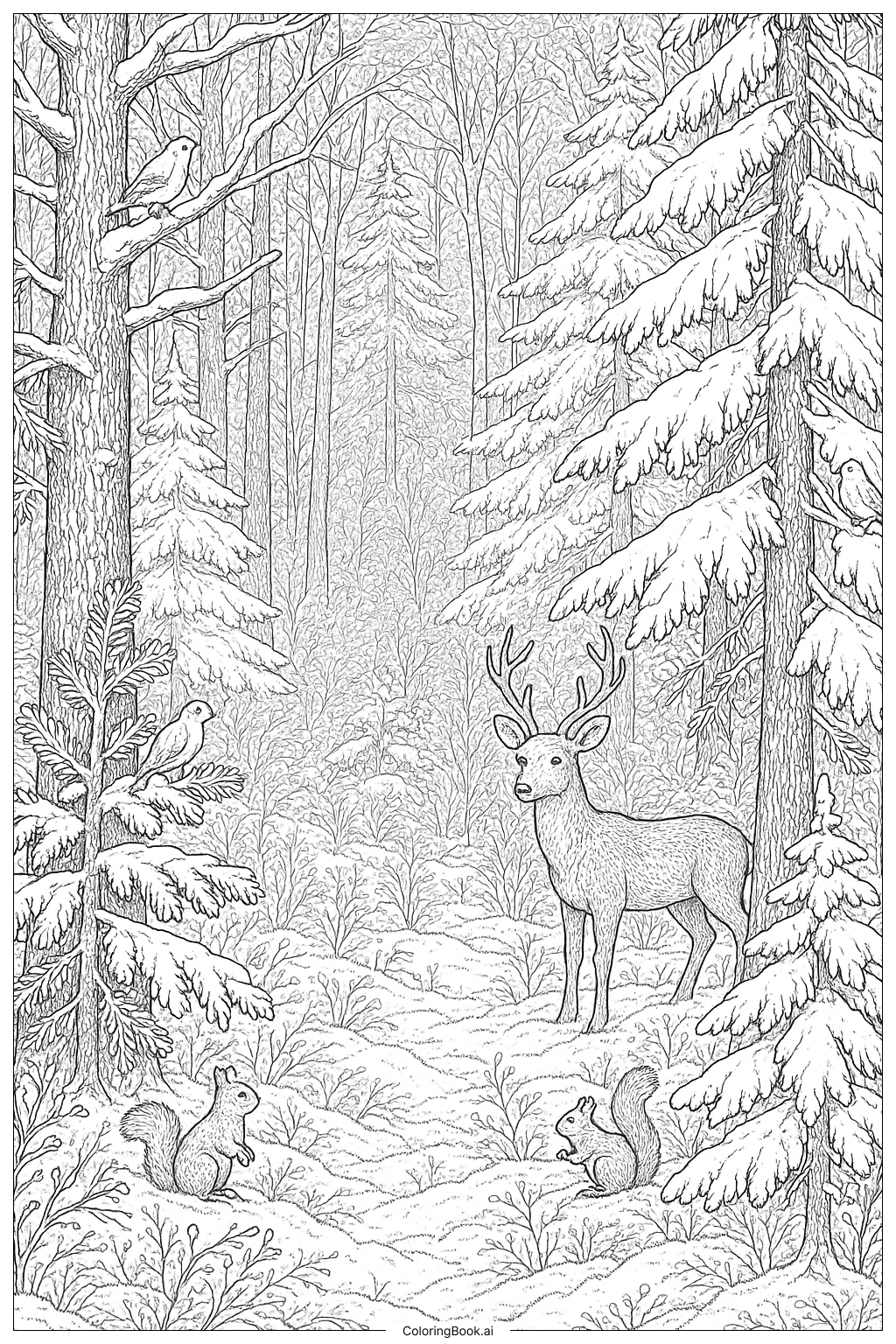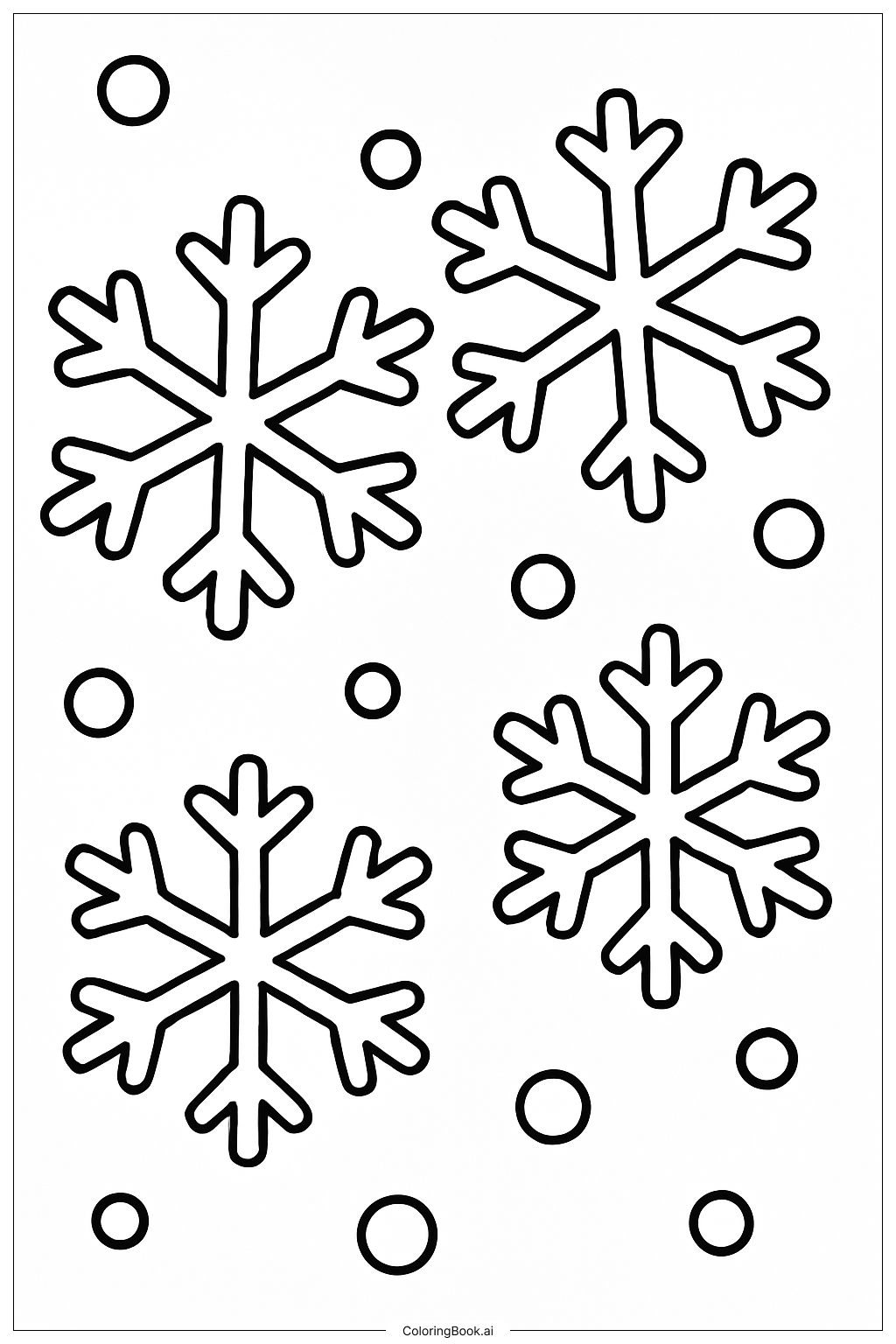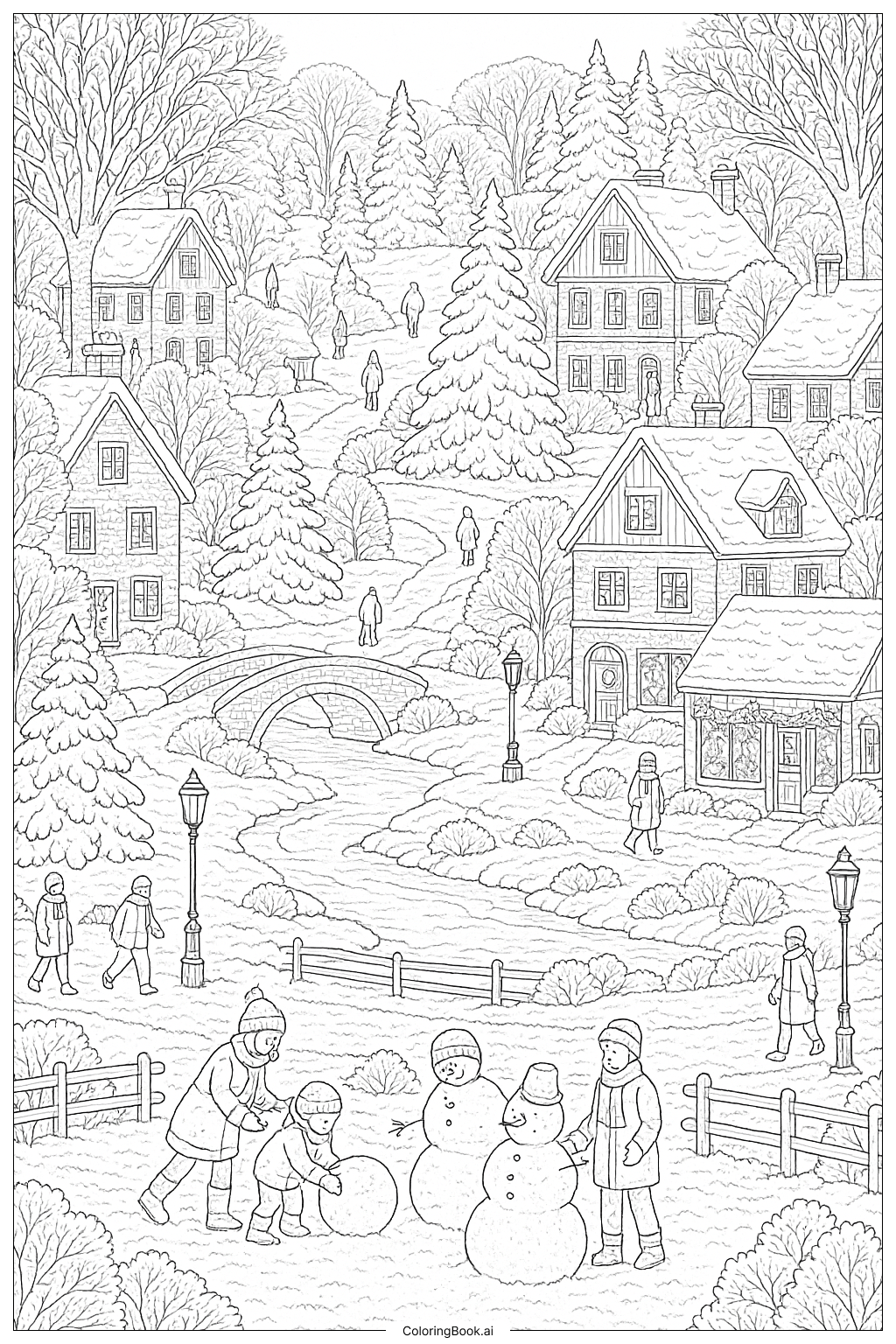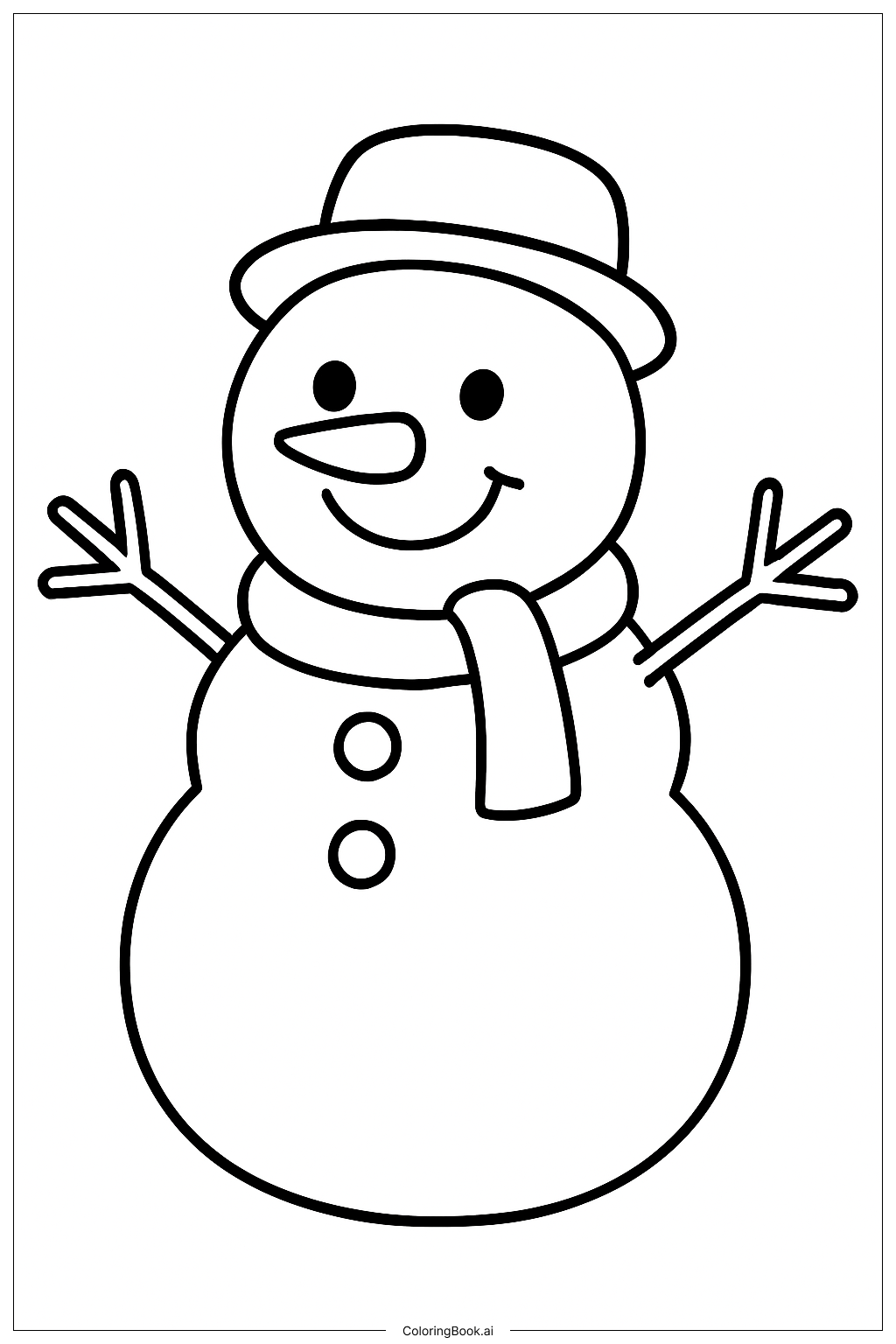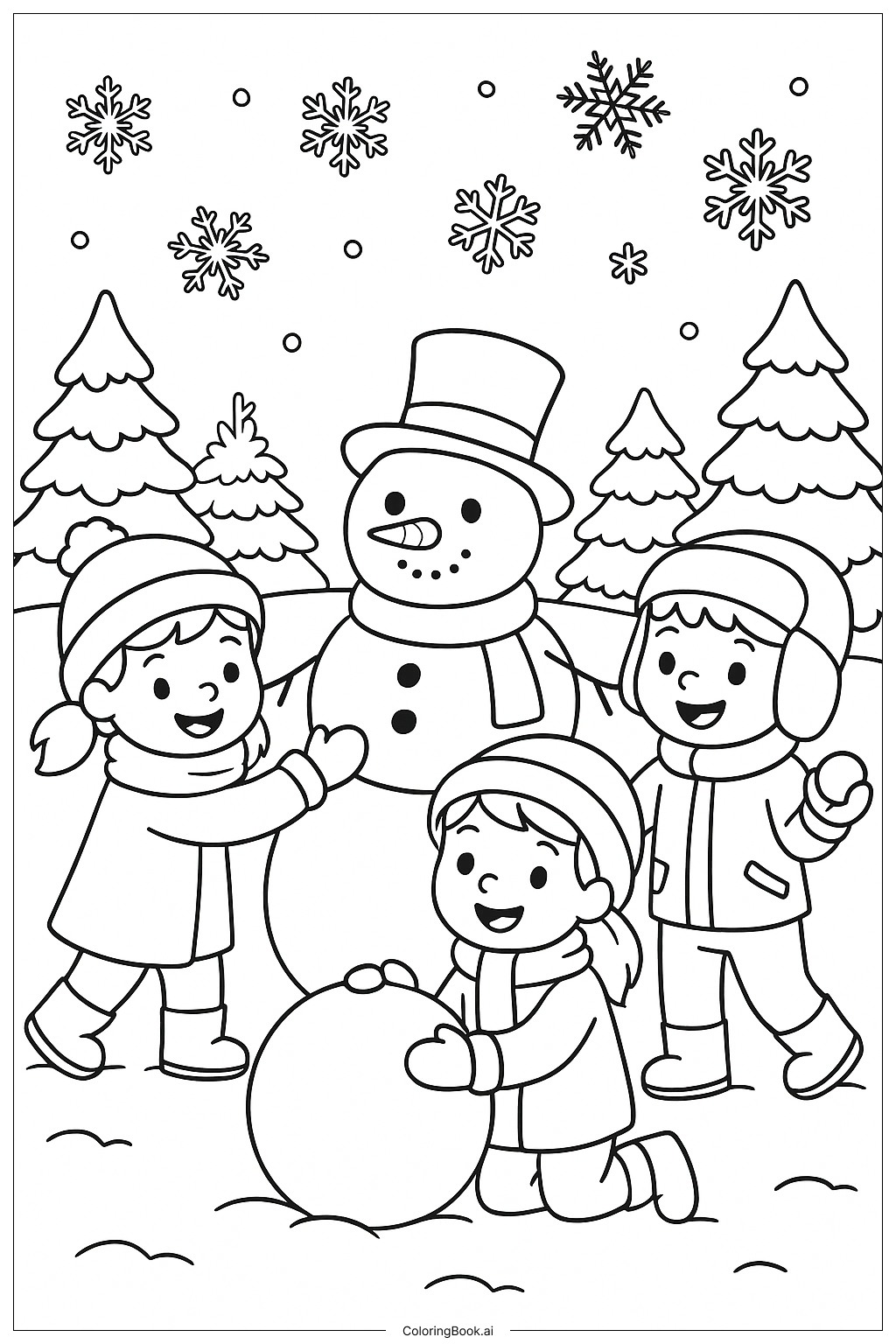Coloring tips: How to color A Dense and Snowy Winter Forest coloring page well?
Use soft blues and whites for the snow to create a cold winter feeling. Color the trees with shades of brown and green to show the bark and pine needles. The deer can be colored in light brown or tan with darker shades for details. For the birds, use bright colors like red, yellow, or blue to make them stand out. Squirrels can be orange or gray. Try to add shadows where snow touches the branches and ground to give the image more depth and realism. Use light colors for the background trees to show distance.
Coloring challenges: Which parts are difficult to color and need attention for A Dense and Snowy Winter Forest coloring page?
1. The picture has many small details like thin branches and tiny leaves, which need careful coloring to avoid going outside the lines.
2. Coloring the snow is hard because it mostly needs light colors and soft shading to show texture without making it look flat.
3. The trees have rough bark with many lines, so coloring them evenly and realistically can be tricky.
4. The small animals like squirrels and birds require attention to fine details to make them look lively and different from the background.
5. Creating depth by coloring the background more lightly and the front objects darker needs skill and patience.
Benefits of coloring books: Advantages of drawing A Dense and Snowy Winter Forest coloring page
Coloring this winter forest helps improve focus and patience because of the detailed parts. It encourages creativity by choosing different colors for animals and nature. It also teaches about winter nature and the animals that live in snowy forests. Coloring the snow with soft shades can enhance skills in blending and shading. Overall, it is a relaxing activity that helps reduce stress and makes you more aware of natural beauty.
